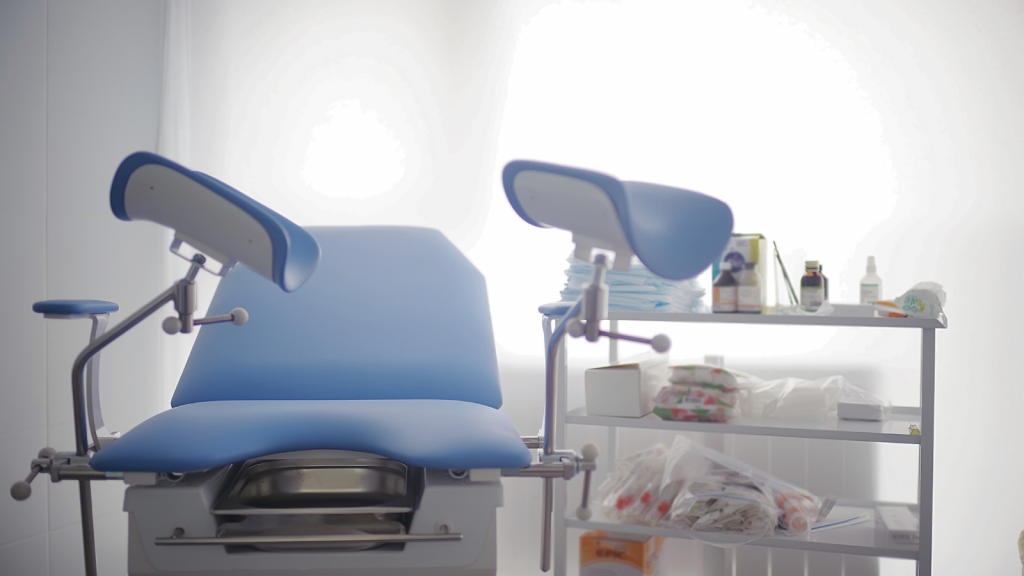Learn More About Doxy PEP from Three People Who Take It

Many people who take doxy PEP say it gives them peace of mind in their relationships and sex life. We sat down with Oscar Alexis, Efthimios, and Maxfield Haynes to talk about doxy PEP and get their perspective.
Are Patients Not Following Through with STI Treatment?

About 1.6 million cases of chlamydia and 600,000 cases of gonorrhea are diagnosed in the United Sates each year. A new study suggests that these patients may not be following through with STI treatment or getting the right antibiotics.
A Possible New Treatment for Gonorrhea

A clinical trial of a new antibiotic found that it works just as well as a current drug regimen for treating gonorrhea infections. This is important because the bacteria that causes gonorrhea has become resistant to most existing antibiotics.
HPV-Related Head and Neck Cancer

You have probably heard that HPV can cause cervical cancer. But did you know that it can also cause cancers of the mouth, tongue, and throat?
FDA Approves a New At-Home Test for Three Common STIs

The FDA just approved a new, fully at-home test for chlamydia, gonorrhea, and trichomoniasis. The tests, which is only for women, will be available without a prescription. Users can collect their own sample and have results in less than 30 minutes.
Universal Screening for Syphilis in Emergency Departments Can Catch Infections that Would Otherwise Be Missed

A new study found that opt-out screenings for all patients in emergency departments caught numerous cases of syphilis and HIV that would have gone undetected under other screening protocols.
Young People Say They Prefer At-Home STI Testing

A study revealed that the majority of young people would prefer testing for STIs at home over going to a doctor’s office or clinic.
Testing for Sexually Transmitted Infections—How It Works

Many STIs have no signs or symptoms in the majority of people infected. The only way to know if you have an STI is to get tested.
Human Papillomavirus (HPV)—Understanding this Common Infection

There are over 100 different types of human papillomavirus, or HPV. Some types of HPV can cause genital warts and other types can cause cancer, including cancer of the cervix, vulva, vagina, penis or anus, as well as cancer in the back of the throat.
Cervical Cancer Screening Rates Haven’t Rebounded After the Pandemic

The pandemic interrupted our regularly scheduled doctor’s visits and pushed off preventative care like Pap tests.